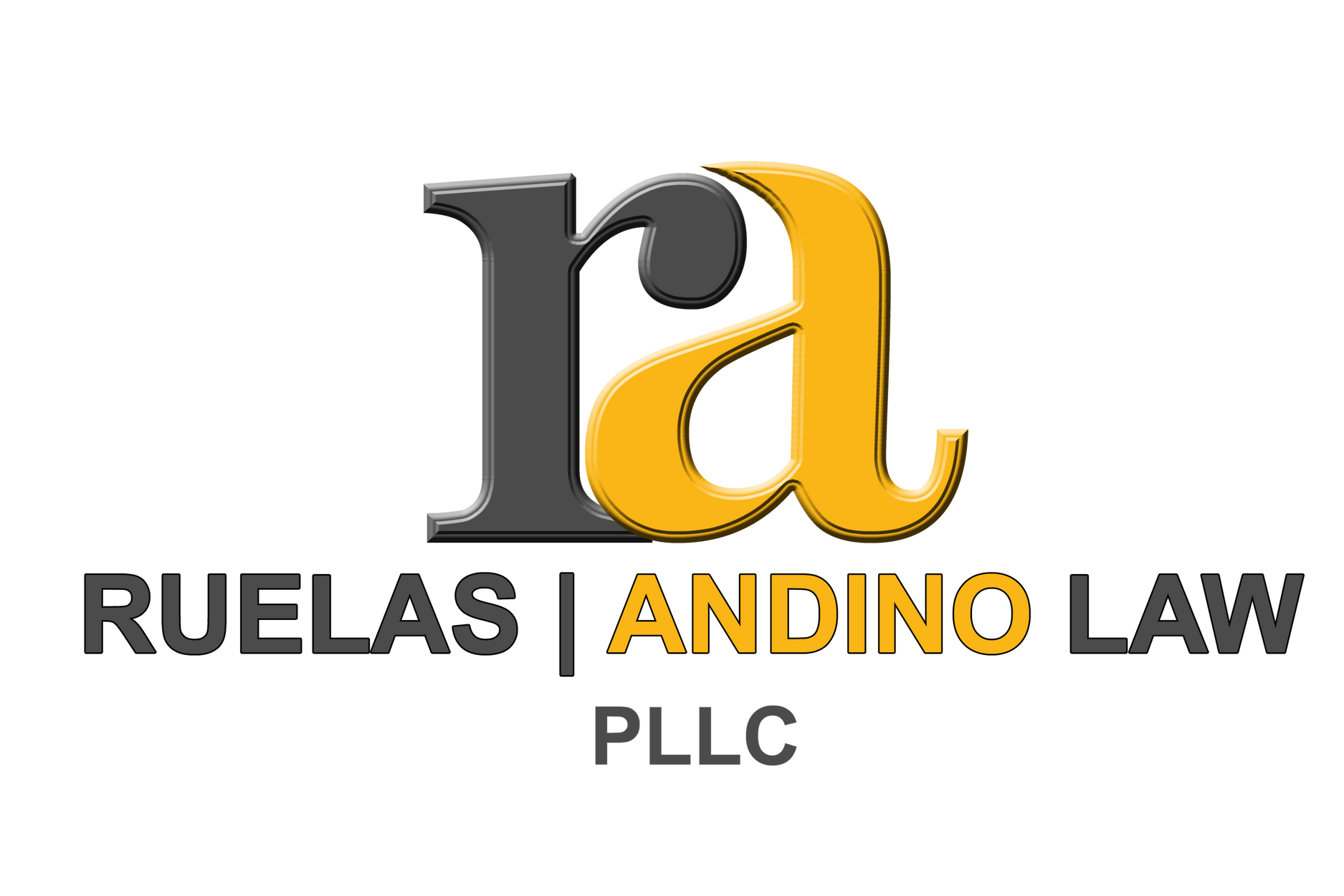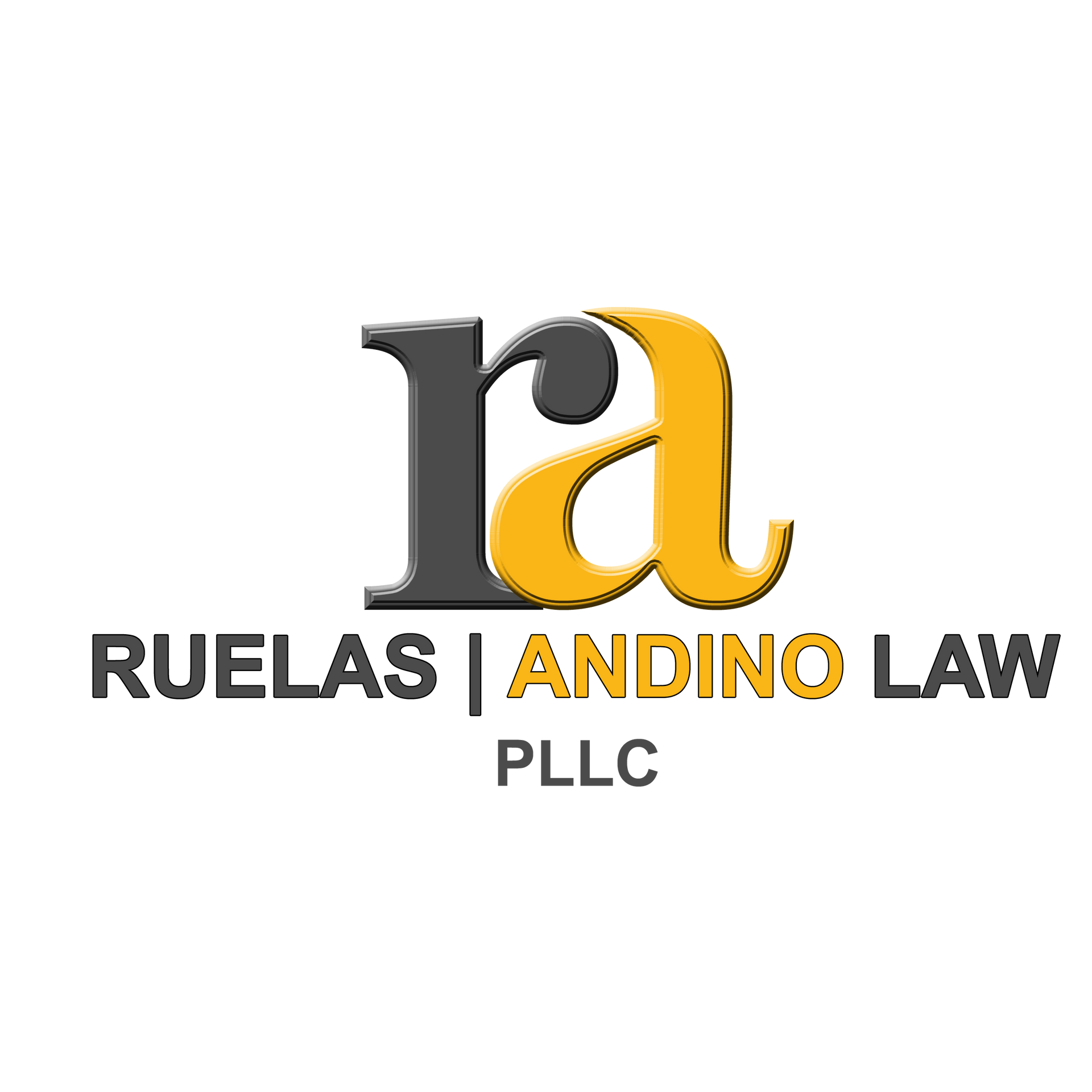Property boundaries and rights of use can sometimes become complicated when dealing with easements and encroachments. Understanding these legal concepts and knowing how to address them through transactions rather than litigation can save you time, money, and stress.
Understanding Easements
What Is an Easement?
An easement is a legal right to use someone else's property for a specific purpose. Common examples include utility easements, right-of-way easements, and conservation easements. Easements create a non-possessory interest in the property, meaning the easement holder doesn't own the land but has certain rights to use it.
Types of Easements
- Express Easements: Created by written agreement between parties
- Implied Easements: Arise from the circumstances of property division
- Easements by Necessity: Created when landlocked property requires access
- Prescriptive Easements: Established through continuous use over time without permission
Discovering Easements on Your Property
Before purchasing property, it's essential to conduct thorough due diligence. Start by reviewing the title report carefully, as this document typically lists recorded easements affecting the property. Next, examine the property survey, which should show the location of any easements visually. Don't hesitate to request copies of all recorded easements from the seller or title company to understand their specific terms and limitations.
Additionally, consider getting a title insurance policy that specifically covers easements, as this can provide protection if undisclosed easements are discovered after purchase. Walking the property with the survey in hand can also help identify physical signs of easements such as utility markers, well-worn paths, or neighbor access points that might indicate established usage rights.
Transactional Management of Easements
Creating an Easement Agreement
When voluntarily creating an easement:
- Clearly define the scope, location, and purpose
- Specify maintenance responsibilities
- Include a detailed description and/or survey of the easement’s location
- Address duration (temporary or permanent)
- Consider compensation terms
- Use an attorney to draft the agreement
- Record the easement with the county recorder's office
Negotiating Easement Terms
When an easement is requested on your property:
- Research fair market compensation
- Consider the impact on property value
- Negotiate limitations on use (times, types of access)
- Include termination conditions
- Request indemnification against liability
- Consider requesting reciprocal benefits
Terminating an Easement
While easements often run with the land, meaning they remain with the property permanently, there are several methods to terminate them when circumstances change. The most straightforward approach is obtaining a notarized written release from the easement holder, which should be properly recorded to clear the title.
Other common termination methods include:
- Purchase of the easement rights: Negotiating a price to buy back the rights from the easement holder
- Merger of properties: When the dominant and servient estates, come under common ownership
- Abandonment: When the easement holder clearly demonstrates intent to permanently stop using the easement (requires strong evidence and varies by jurisdiction)
Additionally, easements can terminate through changed conditions that make the easement unnecessary or impossible to use. For example, if an easement provided access to a property that now has public road access, a court might find the easement by necessity has terminated.
For any easement termination, proper documentation and recording with the county recorder's office is essential to ensure clear title moving forward.
Understanding Encroachments
What Is an Encroachment?
An encroachment occurs when someone's structure, improvement, or other property partially extends onto your land without permission. Examples include fences or sheds built over property lines, overhanging roofs, or driveways that cross boundaries.
Discovering Encroachments
- Get a professional survey of your property
- Walk your property lines regularly
- Review aerial photographs
- Check existing surveys against visible structures
Transactional Solutions for Encroachments
1. Property Line Agreements
A property line agreement (also called a "lot line agreement" or "boundary line agreement") can formalize understandings about minor encroachments:
- Acknowledge the encroachment exists
- Grant permission for its continued existence
- Set conditions for maintenance or eventual removal
- Record the agreement with the county recorder’s office
2. Easement Agreements for Encroachments
Rather than removing an encroachment, you might:
- Grant a limited easement allowing the encroachment
- Receive compensation for the encroached area
- Set a term limit or condition for termination
- Require maintenance and liability insurance
3. Lot Line Adjustments
For permanent solutions:
- Formally adjust the property boundary
- Exchange property through a boundary line adjustment
- Obtain a new survey showing the adjusted boundary
- Record the adjustment with the county recorder’s office
- May require the local planning department approval
4. Selling the Encroached Land
Consider:
- Selling the portion of land with the encroachment
- Establishing fair market value
- Obtaining a new legal description
- Recording a proper deed transfer with the county recorder’s office
5. License Agreements
For temporary encroachments:
- Create a revocable license agreement
- Specify that permission can be withdrawn
- Include compensation terms
- Address maintenance and liability
Financial Considerations
Valuing Easements and Encroachments
When negotiating compensation:
- Consider the square footage affected
- Assess the impact on property use and value
- Factor in the duration of the agreement
- Consider getting a professional appraisal
- Research similar arrangements in your area
Tax Implications
Consult with a tax professional regarding:
- Potential income from easement payments
- Property tax adjustments after boundary changes
- Possible charitable deductions for conservation easements
- Basis adjustments after property transfers
Documentation and Recording
Always ensure proper documentation by:
- Getting
written agreements notarized
- Recording documents with the county recorder
- Updating property insurance to reflect changes
- Maintaining copies of all documents in your records
- Updating your property disclosure for future sales
When to Involve Professionals
Navigating easements and encroachments often requires specialized expertise to protect your property interests and ensure legally binding resolutions. While minor issues might be handled independently, complex situations typically warrant professional assistance.
Consider consulting the following professionals:
- Real estate attorney: Essential for drafting or reviewing legal agreements related to property rights. An experienced
real estate attorney in Texas can ensure your interests are protected and that documents will stand up to legal scrutiny.
- Licensed surveyor: When boundary disputes arise or precise measurements are needed, a professional survey provides the factual foundation for resolving conflicts. Modern surveying technologies can identify encroachments with remarkable precision.
Property valuation is another critical area where professional input matters:
- Real estate appraiser: Can determine how easements or encroachments affect your property value, which is crucial for negotiating fair compensation or adjusting purchase prices
For documentation and financial considerations, you may need:
- Title company representative: To ensure proper recording of agreements and to update title records
- Tax advisor: To navigate potential tax implications of property transfers, easement income, or conservation easement deductions
The cost of professional services should be weighed against the property value at stake and the complexity of the issue. In many cases, professional guidance early in the process can prevent costly mistakes and provide peace of mind during property transactions.
Disclosure Requirements When Selling
When selling property with easements or encroachments:
- Disclose all known easements and encroachments
- Provide copies of relevant agreements
- Point out physical evidence of easements/encroachments
- Consider ordering a new survey if uncertainties exist
While litigation is sometimes necessary, transactional approaches to easements and encroachments often result in faster, less expensive, and more amicable resolutions. Property owners should understand their options, document agreements carefully, and consult professionals when needed to protect their property interests.
Disclaimer:
Ruelas Andino Law, PLLC makes no claims as to the accuracy of the information contained within the external links in this blog article nor does it endorse any of the businesses contained in the links. Information contained in this blog is for informational purposes only and may not be construed as legal advice.



